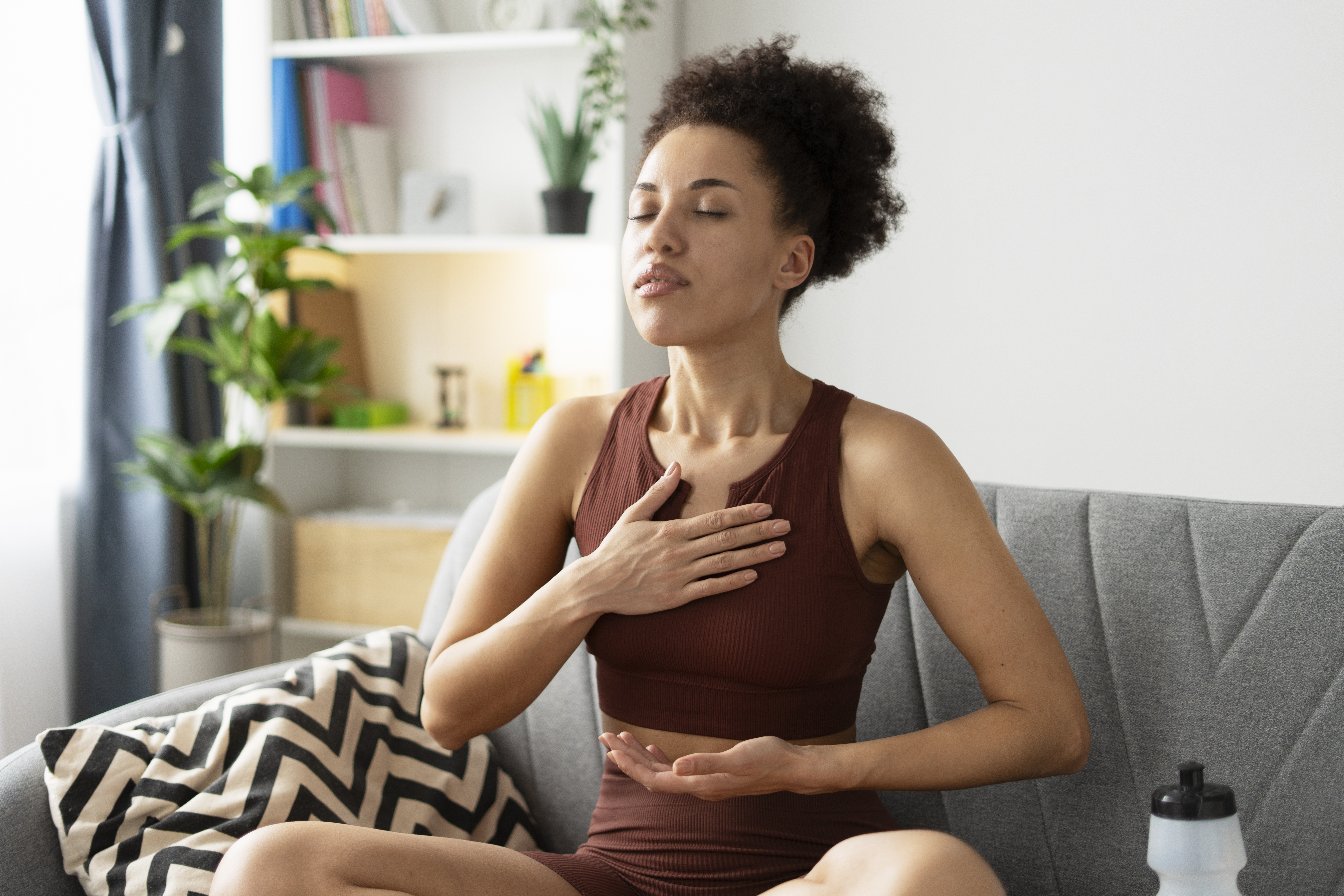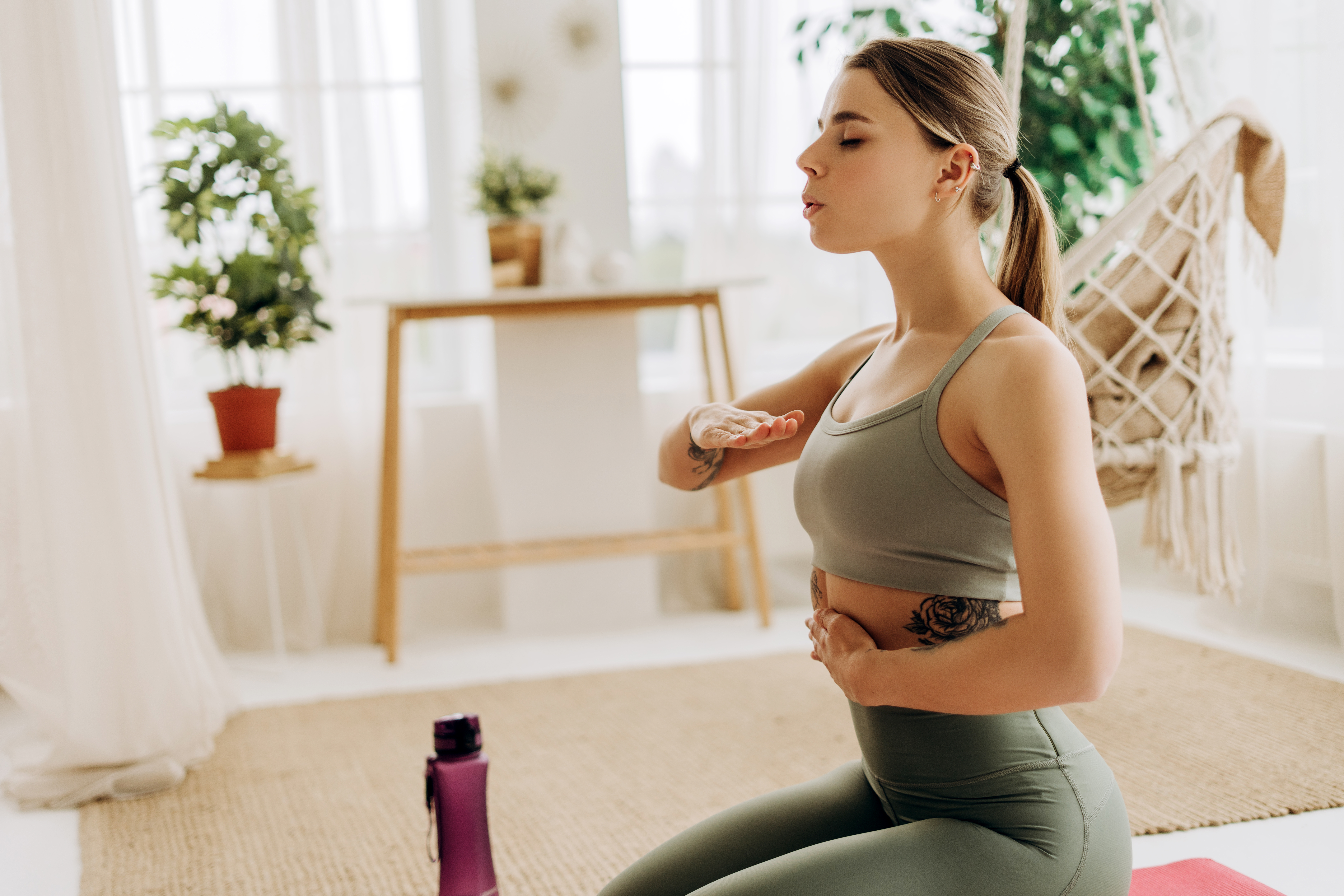14 Indoor Air Quality Hacks: Breathe Easier for Better Sleep & Focus
Breathing is the most natural thing we do—yet few of us ever do it with intention. What if the secret to better sleep, clearer thinking, and more emotional control wasn’t another supplement or screen-time hack, but the breath you’re already taking? In a world overloaded with noise, mastering your breath is one of the simplest, most powerful ways to reclaim your body’s rhythm. This guide unlocks 14 transformative “air hacks”—science-backed techniques designed to help you breathe better, sleep deeper, and think sharper. From ancient practices to modern discoveries, each method offers a subtle recalibration, nudging your nervous system toward calm, clarity, and restoration. Whether you're navigating chronic stress or just want to wake up feeling more energized, these techniques invite you to reconnect with the most overlooked tool in your wellness arsenal: your breath. It’s time to breathe like your health depends on it—because it does.
1. Diaphragmatic Breathing

Diaphragmatic breathing, also known as belly breathing, engages the diaphragm rather than the chest. This technique encourages full oxygen exchange, which is the most efficient way to breathe. By focusing on your diaphragm, you stimulate the vagus nerve, which helps reduce heart rate and blood pressure, promoting relaxation. Practicing diaphragmatic breathing before bed can prepare your body for sleep, while during the day, it enhances cognitive function by ensuring your brain receives optimal oxygen levels. This foundational technique is essential for anyone looking to improve their sleep and focus through better breathing.
2. The 4-7-8 Breathing Technique

The 4-7-8 breathing technique, developed by Dr. Andrew Weil, is a powerful method for inducing calm and promoting sleep. It involves inhaling for four seconds, holding the breath for seven seconds, and exhaling for eight seconds. This pattern helps reduce anxiety and manage stress, making it easier to fall asleep. The extended exhale is particularly beneficial, as it helps expel more carbon dioxide from the lungs, allowing for a deeper intake of oxygen. Practicing this technique regularly can lead to improved sleep quality and a more relaxed state of mind, setting the stage for better focus during waking hours.
